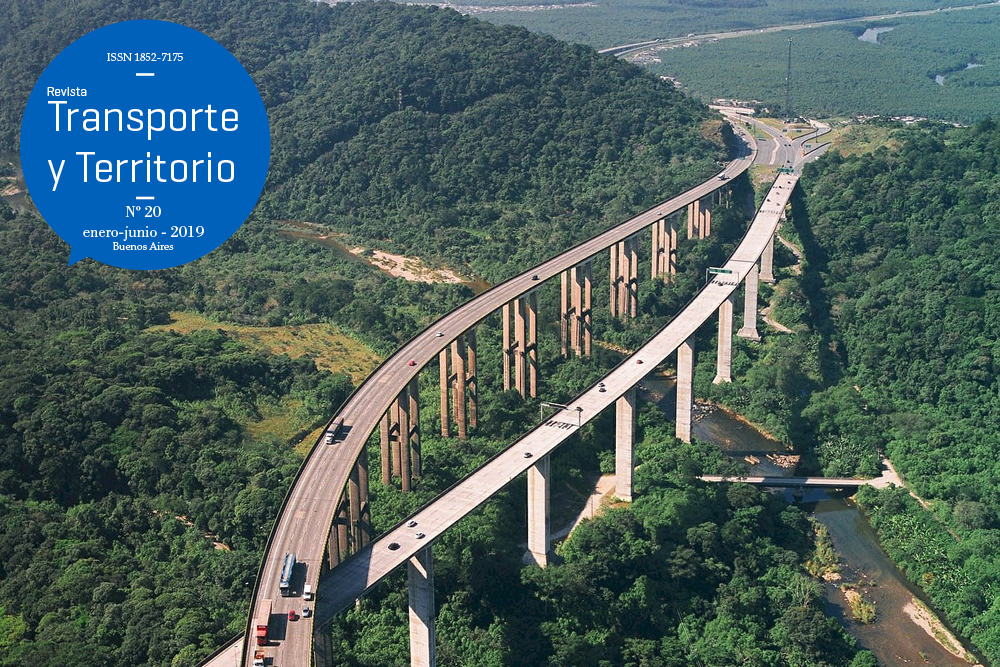Territorial division of labor, urban network and interstate road transport of passengers in Brazil
Keywords:
interstate road transport, passengers circulation, territorial division of labor, urban network, public service
Abstract
The interstate road transport of passengers is an economic activity of central importance for structuring the circulation of people throughout Brazilian territory. Its origin as an organized service dates back to the first half of the twentieth century, a moment in Brazilian history in which the first highways and passenger transport companies are configured. Since then, this circulation has elucidated facets of the territorial division of labor in the country - the most dynamic areas of the economy are endowed with an intense movement of people, which shows that such economic activity privileges determined centers of the national urban network. At present, interstate road transport of passengers in Brazil has its own normative framework that defines the provision of services - the Agência Nacional dos Transportes Terrestres (ANTT) monitoring the activity, while the operation is the responsibility of private transport companies. Therefore, this paper will discuss the interstate road transport of passengers in Brazil: first will be performed a theoretical approach about this economic activity, later be scattered regulatory aspects of that service and, finally, will discuss the operational aspects of these links, such as the number of lines, number of passengers transported, available services, operating companies, among other aspects.Downloads
Download data is not yet available.
Published
2019-04-01
How to Cite
Candido dos Santos, B. (2019). Territorial division of labor, urban network and interstate road transport of passengers in Brazil. Revista Transporte Y Territorio, (20), 135-164. https://doi.org/10.34096/rtt.i20.6387
Section
Dossier

1.jpg)

3.png)























